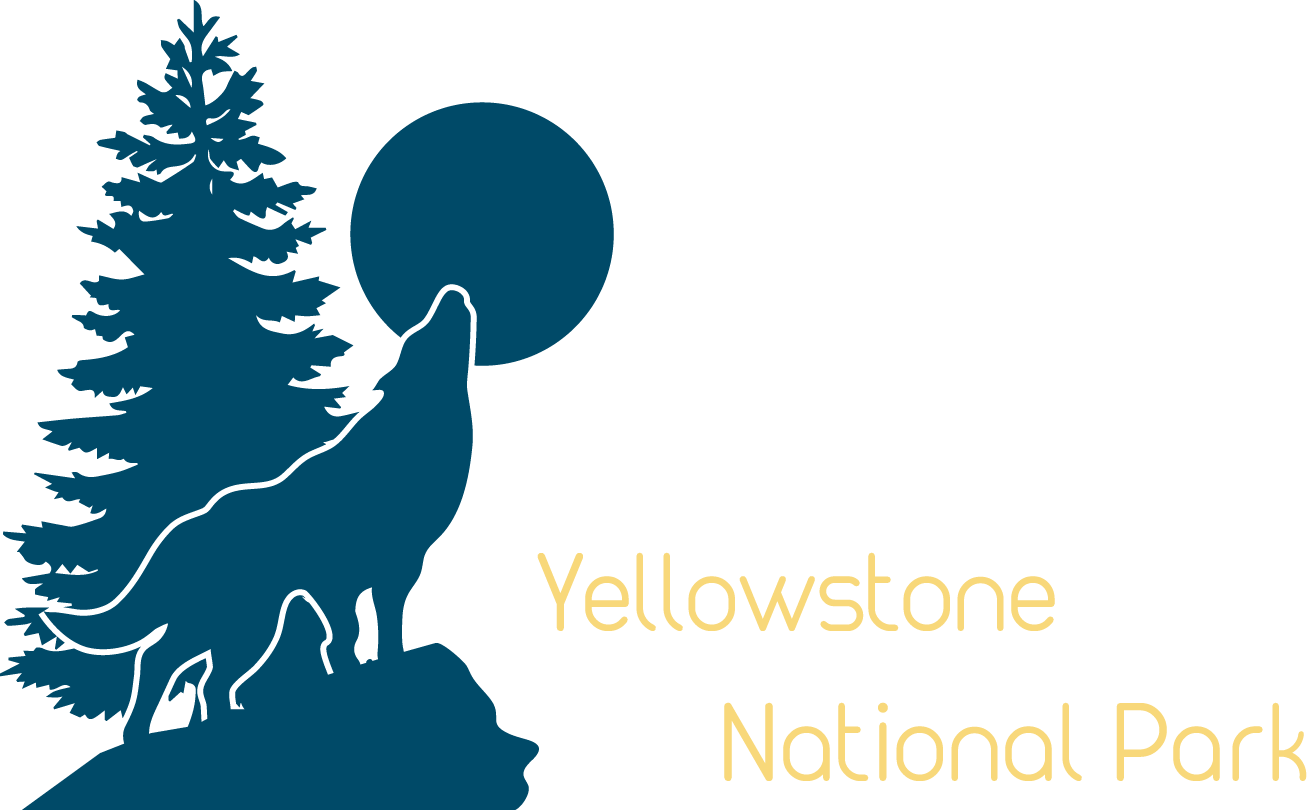Geography
Approximately 96 percent of the land area of Yellowstone National Park is located within the state of Wyoming. Another three percent is within Montana, with the remaining one percent in Idaho. The park is 63 miles (101 km) north to south, and 54 miles (87 km) west to east by air. Yellowstone is 2,219,789 acres (898,317 ha; 3,468.420 sq mi) in area, larger than the states of Rhode Island or Delaware. Rivers and lakes cover five percent of the land area, with the largest water body being Yellowstone Lake at 87,040 acres (35,220 ha; 136.00 sq mi). Yellowstone Lake is up to 400 feet (120 m) deep and has 110 miles (180 km) of shoreline. At an elevation of 7,733 feet (2,357 m) above sea level, Yellowstone Lake is the largest high altitude lake in North America. Forests comprise 80 percent of the land area of the park; most of the rest is grassland.
The Continental Divide of North America runs diagonally through the southwestern part of the park. The divide is a topographic feature that separates Pacific Ocean and Atlantic Ocean water drainages. About one third of the park lies on the west side of the divide. The origins of the Yellowstone and Snake Rivers are near each other but on opposite sides of the divide. As a result, the waters of the Snake River flow to the Pacific Ocean, while those of the Yellowstone find their way to the Atlantic Ocean via the Gulf of Mexico.
The park sits on the Yellowstone Plateau, at an average elevation of 8,000 feet (2,400 m) above sea level. The plateau is bounded on nearly all sides by mountain ranges of the Middle Rocky Mountains, which range from 9,000 to 11,000 feet (2,700 to 3,400 m) in elevation. The highest point in the park is atop Eagle Peak (11,358 feet or 3,462 metres) and the lowest is along Reese Creek (5,282 feet or 1,610 metres). Nearby mountain ranges include the Gallatin Range to the northwest, the Beartooth Mountains in the north, the Absaroka Range to the east, and the Teton Range and the Madison Range to the southwest and west. The most prominent summit on the Yellowstone Plateau is Mount Washburn at 10,243 feet (3,122 m).
Yellowstone National Park has one of the world's largest petrified forests, trees which were long ago buried by ash and soil and transformed from wood to mineral materials. This ash and other volcanic debris are believed to have come from the park area itself. This is largely due to the fact that Yellowstone is actually a massive caldera of a supervolcano. There are 290 waterfalls of at least 15 feet (4.6 m) in the park, the highest being the Lower Falls of the Yellowstone River at 308 feet (94 m).
Three deep canyons are located in the park, cut through the volcanic tuff of the Yellowstone Plateau by rivers over the last 640,000 years. The Lewis River flows through Lewis Canyon in the south, and the Yellowstone River has carved two colorful canyons, the Grand Canyon of the Yellowstone and the Black Canyon of the Yellowstone in its journey north.
